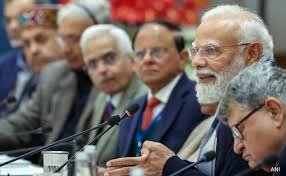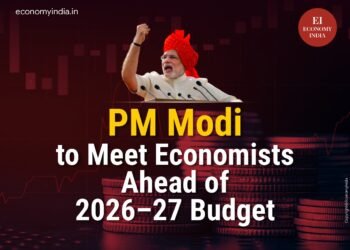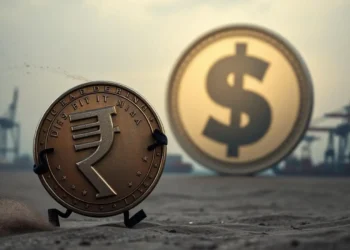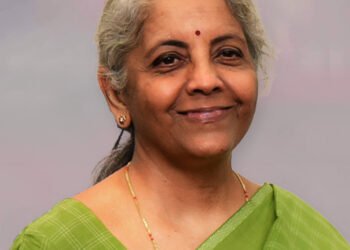India’s economy will grow by 8.3% in 2021-’22 fiscal year, predicts World Bank
Pace of vaccination against Covid-19 and agricultural and labour reforms will determine the state of the economy, the World Bank said in a report.
India’s economy will grow by 8.3% in 2021-’22 fiscal year, predicts World Bank
Representative image. | Shailesh Andrade/Reuters
India’s economy is expected to grow by 8.3% in the current fiscal year (2021-’22), the World Bank said in a report that was released on Thursday.
In the report titled “Shifting Gears: Digitization And Services-Led Development”, the World Bank said that India’s economic prospects in the next financial year will be determined by the country’s pace of vaccination against the coronavirus and successful implementation of agriculture and labour reforms.
GDP Growth Rate
The economic body noted that India’s Gross Domestic Product grew by 20.1% in the first quarter (April-June) of the current financial year on the back of “a significant base effect, strong export growth and limited damage to domestic demand”.
Economic data like GDP Growth rate are calculated on a year-on-year basis. So, a low growth rate in the previous year leads to a low base for the current year’s numbers.
India’s GDP had contracted by an unprecedented 24.4% in the first quarter of the previous financial year due to the nationwide coronavirus lockdown.
World Bank Report
The World Bank also observed that the disruption in India’s economy during the second wave of the pandemic was limited, compared to the first.
However, the World Bank report said that the economic recovery among various sectors in India has been unequal. While, manufacturing and construction sectors recovered steadily in 2021, low-skilled individuals, women, self-employed people and small firms were left behind, the report said.
Financial Sector
“The extent of recovery in FY22 [the financial year 2021-’22] will depend on how quickly household incomes recover and activity in the informal sector and smaller firms normalises,” the report said. “Downside risks include worsening of financial sector stress, higher-than-expected inflation constraining monetary-policy support, and a slowdown in vaccination.”
Meanwhile, World Bank Chief Economist for South Asia Hans Timmer on Wednesday said that inequality between men and women in several economic sectors in South Asian countries had increased.
“To reduce inequality, it is very important to integrate the informal sector and women into the economy,” Timmer said. “So that should be also an important element of the medium term growth strategy.”
(Economy India)















